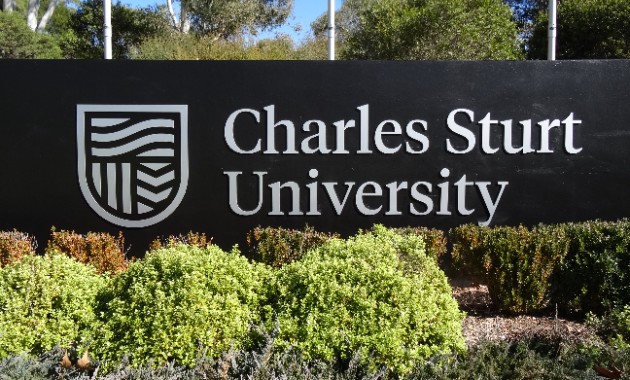 An expert in animal production at Charles Sturt University (CSU) believes greater education is the key to improving animal welfare standards in the live export chain.
An expert in animal production at Charles Sturt University (CSU) believes greater education is the key to improving animal welfare standards in the live export chain.Professor Peter Wynn from the CSU School of Animal and Veterinary Sciences has welcomed new rules for the $ 1 billion Australian live export trade.
The federal government has accepted recommendations of the Independent Review of Australia’s Livestock Export Trade and by the end of 2012 all live exports will be traced and audited.
The review by former Australian Ambassador to Indonesia, Mr Bill Farmer AO, was commissioned after the ABC program Four Corners showed graphic images of cattle being mistreated at Indonesian abattoirs in May.
“The much awaited review explores the needs for the development of regulatory frameworks to ensure the highest standards for animal welfare are sustained from the time that animals leave production units in Australia through to their point of processing to supply high-quality meat products for consumers in their country of destination,” said Professor Wynn.
But he believes there’s a need for education programs in each country to be implemented over a period of up to 10 years.
“While the urgency for the adoption of a system of monitoring and auditing of procedures down the marketing chain is certainly warranted, longer term sustainability of animal welfare standards in our trading partner countries can only be achieved through the development of their own welfare education programs.”
Professor Wynn said CSU hopes to work with educational institutes in Indonesia and other trading partners to ensure that meat processing chains are serviced by graduates with a detailed knowledge of international welfare standards.
“This will need to accommodate the social and religious sensitivities associated with the use of pre-slaughter stunning,” he said. “The procedure is not only important for the management of pain and stress at the point of slaughter, but can also impact on meat quality and therefore the acceptability of the product by the consumer.”





Social
Explore the world of social